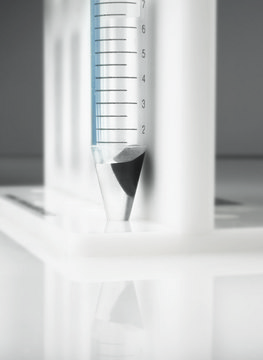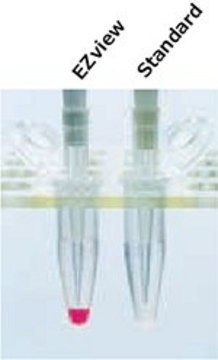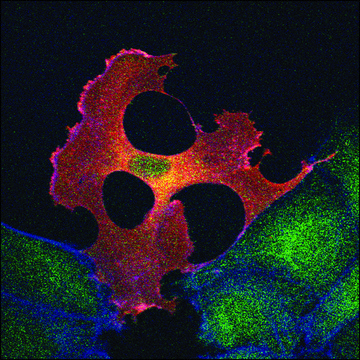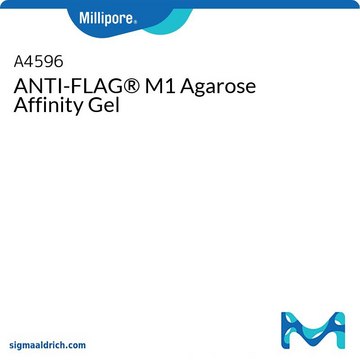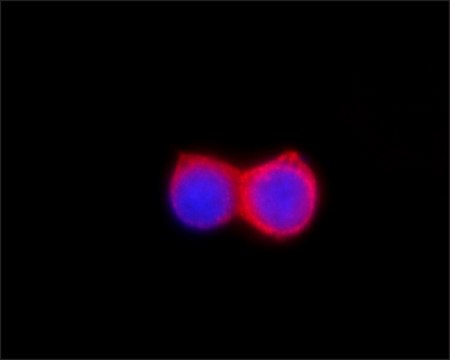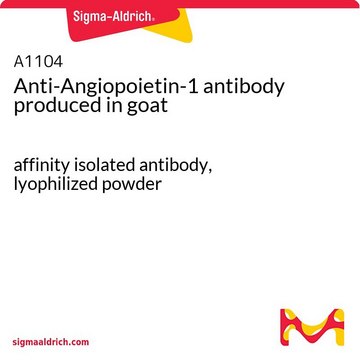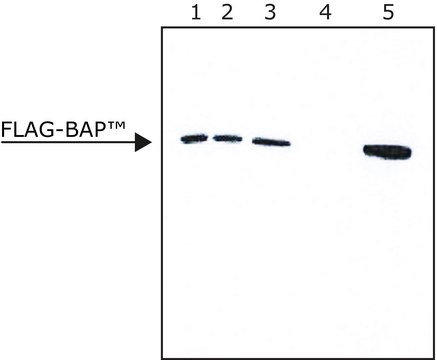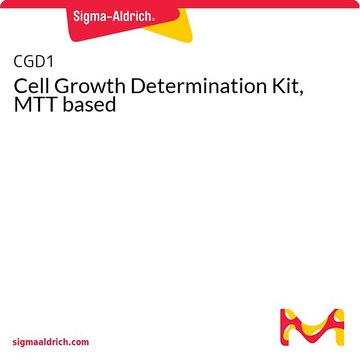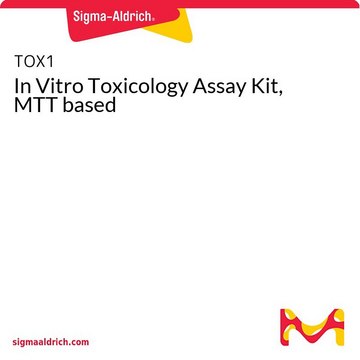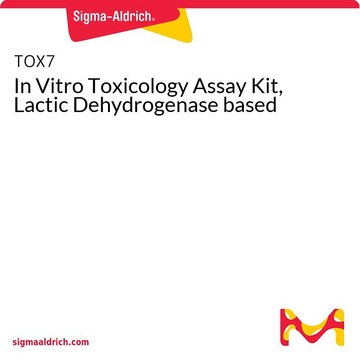Key Documents
Safety Information
A2220
ANTI-FLAG® M2 Affinity Gel
purified immunoglobulin, buffered aqueous glycerol solution
Synonym(s):
Monoclonal ANTI-FLAG® M2 antibody produced in mouse, ANTI-FLAG® M2 Affinity Agarose Gel, Anti-ddddk, Anti-dykddddk
About This Item
Recommended Products
conjugate
agarose conjugate
antibody form
purified immunoglobulin
antibody product type
primary antibodies
clone
M2, monoclonal
form
buffered aqueous glycerol solution
analyte chemical class(es)
proteins
technique(s)
affinity chromatography: suitable
immunoprecipitation (IP): suitable
matrix
(4% agarose bead; 45-165μm bead size)
isotype
IgG1
capacity
>0.6 mg/mL, resin binding capacity (FLAG-BAP)
Looking for similar products? Visit Product Comparison Guide
1 of 4
This Item | TOX1 | TOX8 | TOX7 |
|---|---|---|---|
| packaging pkg of 1 kit | packaging pkg of 1 kit | packaging pkg of 1 kit | packaging pkg of 1 kit |
| Amax 570 nm | Amax - | Amax - | Amax - |
| application(s) cell analysis | application(s) cell analysis | application(s) cell analysis | application(s) cell analysis |
| detection method colorimetric | detection method colorimetric | detection method colorimetric, fluorometric | detection method colorimetric |
| shipped in dry ice | shipped in - | shipped in - | shipped in - |
General description
Elution - FLAG® peptide, Glycine, pH 3.5, 3x FLAG® peptide
Immunogen
Application
Learn more product details in our FLAG® application portal.
Physical form
Legal Information
Disclaimer
Not finding the right product?
Try our Product Selector Tool.
also commonly purchased with this product
related product
Storage Class Code
10 - Combustible liquids
WGK
WGK 1
Flash Point(F)
Not applicable
Flash Point(C)
Not applicable
Regulatory Information
Choose from one of the most recent versions:
Certificates of Analysis (COA)
Don't see the Right Version?
If you require a particular version, you can look up a specific certificate by the Lot or Batch number.
Already Own This Product?
Find documentation for the products that you have recently purchased in the Document Library.
Is my lysis buffer compatible with Product No. A2220, ANTI-FLAG® M2 Affinity Gel?
The A2220 product information sheet (under Documents, above) contains a reagent compatibility table located on page 6. We do not recommend addition of SDS or reducing agents such as DTT, DTE or 2-mercaptoethanol to the resin. If you have a detergent listed in the table in a higher than recommended concentration, we recommend trying to dilute the sample before applying to the resin.
How should I elute my protein when using Product No. A2220, ANTI-FLAG® M2 Affinity Gel?
Elution with the peptide is the most gentle method. Acid elution (0.1 M glycine-HCL pH 3.5) is a more stringent method of elution, and should be evaluated for its effect on your protein if it is to be used in downstream applications. Boiling the resin in sample buffer is the most denaturing condition. If this condition is used, the resin cannot be re-used, due to the presence of SDS and/or reducing agents. The elution information can be viewed on A2220 product information sheet (under Documents, above).
When using Product No. A2220, ANTI-FLAG® M2 Affinity Gel, I see bands at 20-25 kDa and 50-60 kDa appearing in my Westerns that are not my FLAG®-tagged protein. How can I prevent this?
As a result of the conjugation, there may be some M2 antibody that is not conjugated to the resin, but is associated with the resin and may appear in acid elutions as heavy and light chain when using the anti-mouse IgG conjugated secondary antibody. We recommend an acid wash (0.1 M glycine-HCL pH 3.5) and neutralization of the resin (do not allow the acid wash to sit on the resin longer than 20 minutes) prior to applying the lysate. Another way to avoid this is to use a directly conjugated FLAG® antibody for detection such as product A8592 ANTI-FLAG® M2 HRP, or the rabbit anti-FLAG® polyclonal antibody, F7425.
I am using Product No. A2220, ANTI-FLAG® M2 Affinity Gel, and have a lot of non-specific proteins that are eluting with my FLAG®-tagged protein. How can I get rid of these?
The product bulletin for Product A2220, ANTI-FLAG® M2 affinity gel indicates:Pre-clear lysate with Mouse IgG-Agarose (Product A0919) to remove nonspecific binding proteins. Alternatively, you can use the unconjugated resin (Product 4B200) for this purpose. Other methods to remove non-specific binding from the resin would be to increase the stringency of the washes by increasing salt concentration (the resin can tolerate up to 1M NaCl) or including detergents that are compatible with the resin.
When using ANTI-FLAG M2 Affinity Gel, Product A2220, should I use a 3X FLAG peptide or a 1X FLAG peptide to elute my protein?
If you have a 3X FLAG-tagged protein, then you will need to use the 3X FLAG peptide. If you have a 1X FLAG-tagged protein, you can use the 1X FLAG peptide or the 3X FLAG peptide. We have not noticed a significant difference in elution efficiency by using a 3X FLAG peptide on a 1X FLAG-tagged protein.
Which document(s) contains shelf-life or expiration date information for a given product?
If available for a given product, the recommended re-test date or the expiration date can be found on the Certificate of Analysis.
How do I get lot-specific information or a Certificate of Analysis?
The lot specific COA document can be found by entering the lot number above under the "Documents" section.
How do I find price and availability?
There are several ways to find pricing and availability for our products. Once you log onto our website, you will find the price and availability displayed on the product detail page. You can contact any of our Customer Sales and Service offices to receive a quote. USA customers: 1-800-325-3010 or view local office numbers.
What is the Department of Transportation shipping information for this product?
Transportation information can be found in Section 14 of the product's (M)SDS.To access the shipping information for this material, use the link on the product detail page for the product.
My question is not addressed here, how can I contact Technical Service for assistance?
Ask a Scientist here.
Articles
The FLAG® Expression System is a proven method to express, purify and detect recombinant fusion proteins. Sigma®, the proven provider of FLAG®, now offers a magnetic bead for immunoprecipitation, protein purification, and the study of protein-protein interactions. The ANTI-FLAG® M2 Magnetic Bead is composed of murine derived, anti-FLAG® M2 monoclonal antibody attached to superparamagnetic iron impregated 4% agarose beads, with an average diameter of 50 µm. The M2 antibody is capable of binding to fusion proteins containing a FLAG peptide sequence at the N-terminus, Met-N-terminus, or C-terminus locations in mammalian, bacterial, and plant extracts.
Protocols
Protocol for immunoprecipitation (IP) of FLAG fusion proteins using M2 monoclonal antibody 4% agarose affinity gels
Related Content
Protein purification techniques, reagents, and protocols for purifying recombinant proteins using methods including, ion-exchange, size-exclusion, and protein affinity chromatography.
Our team of scientists has experience in all areas of research including Life Science, Material Science, Chemical Synthesis, Chromatography, Analytical and many others.
Contact Technical Service
